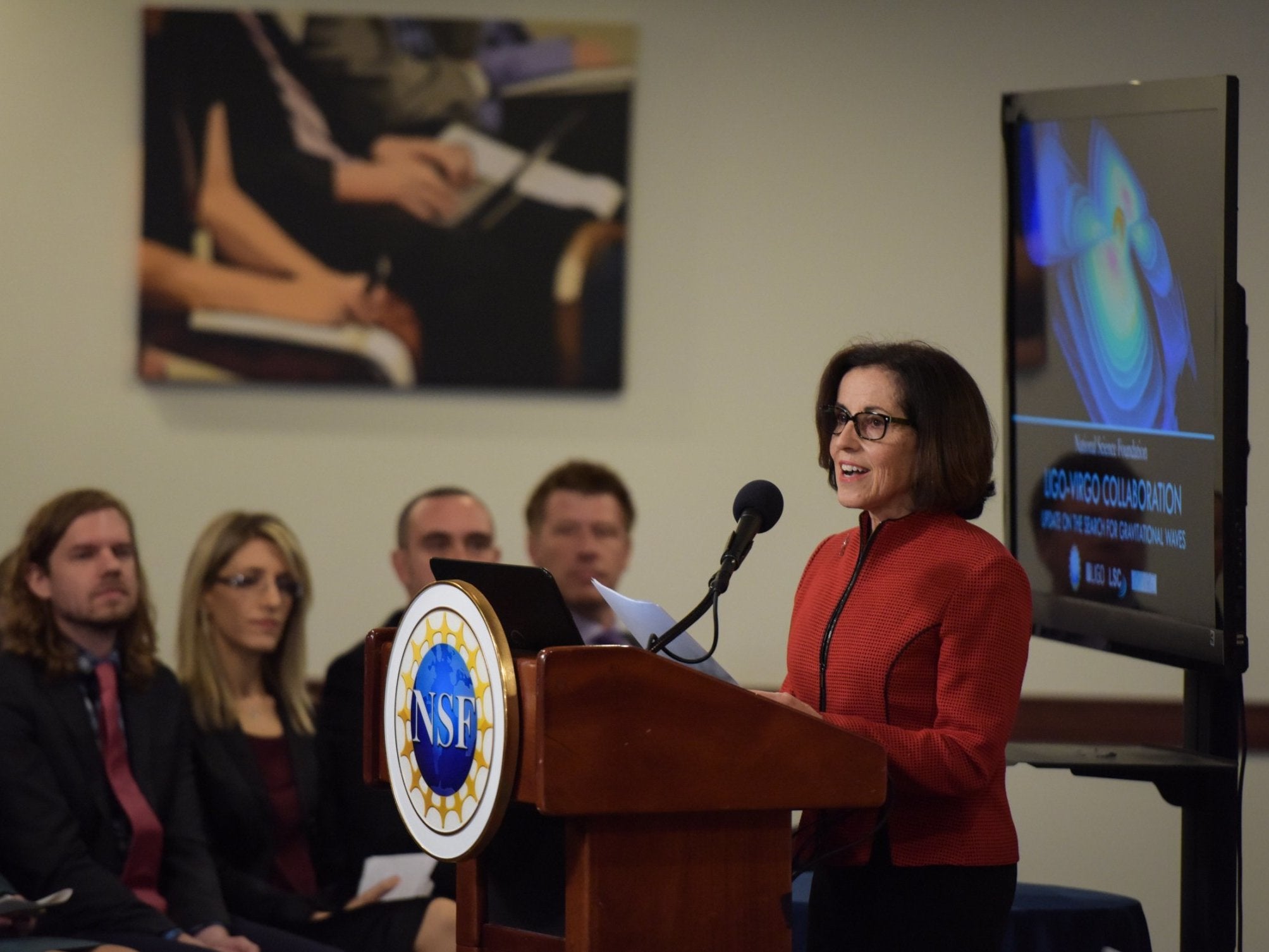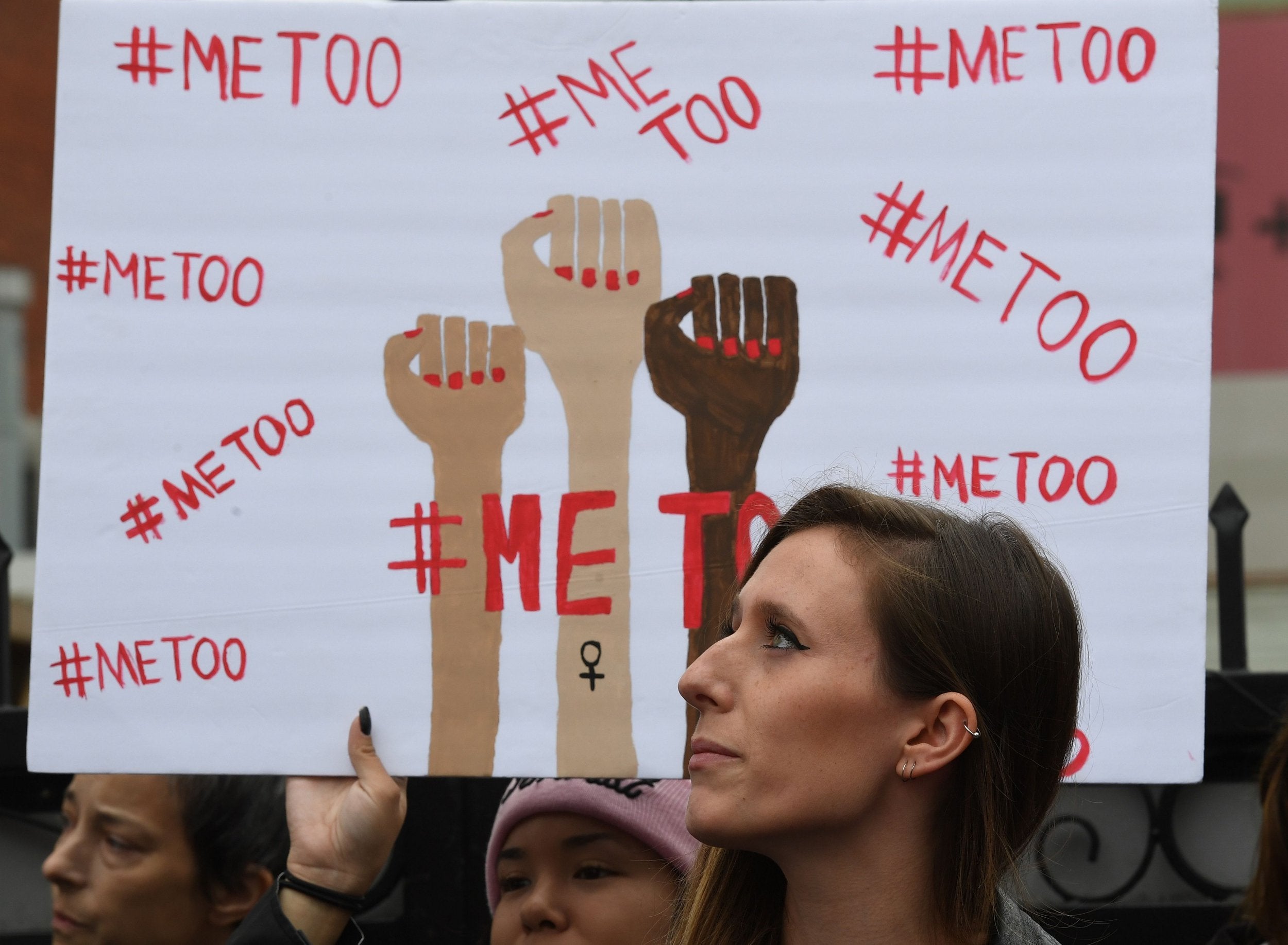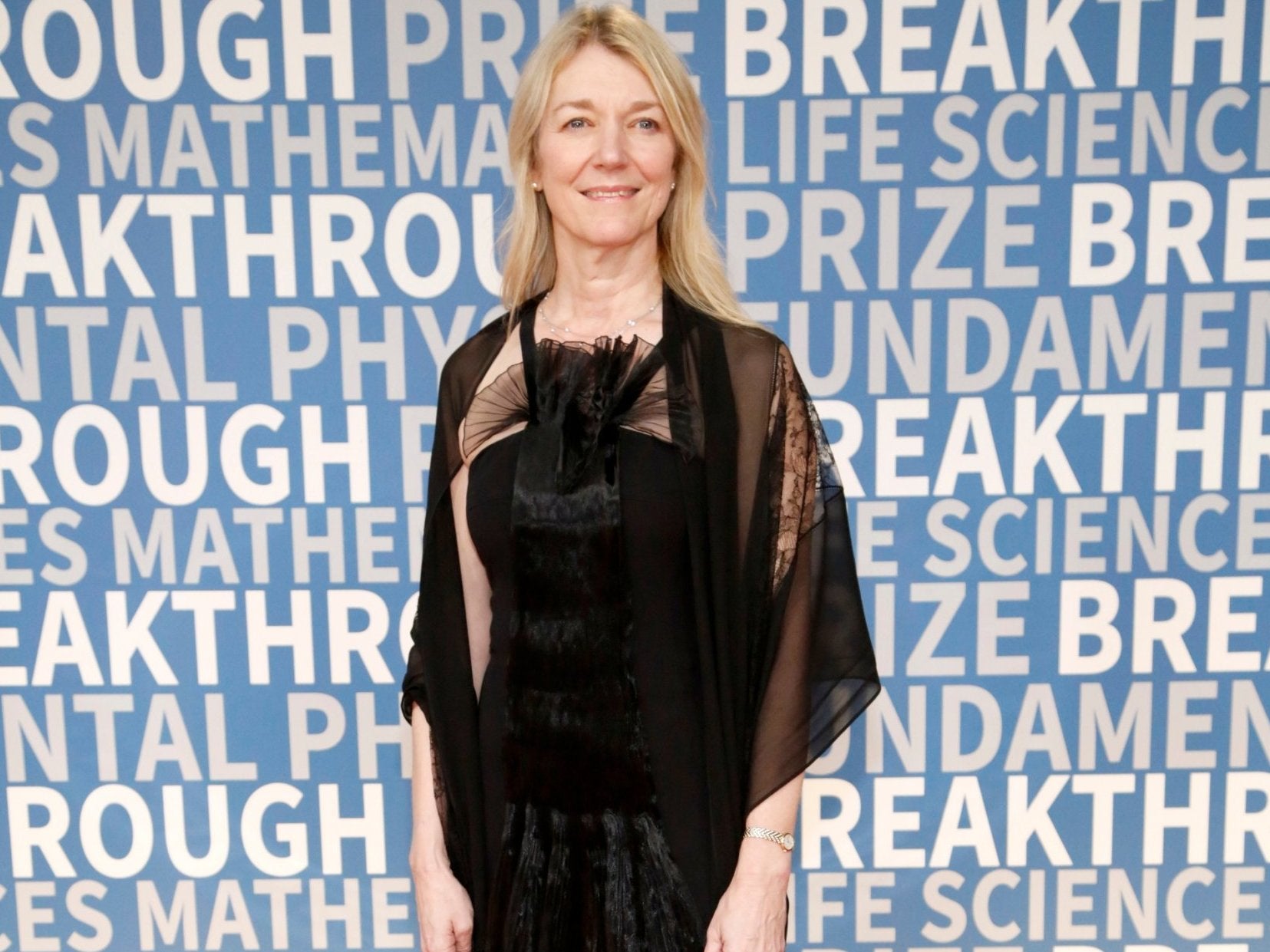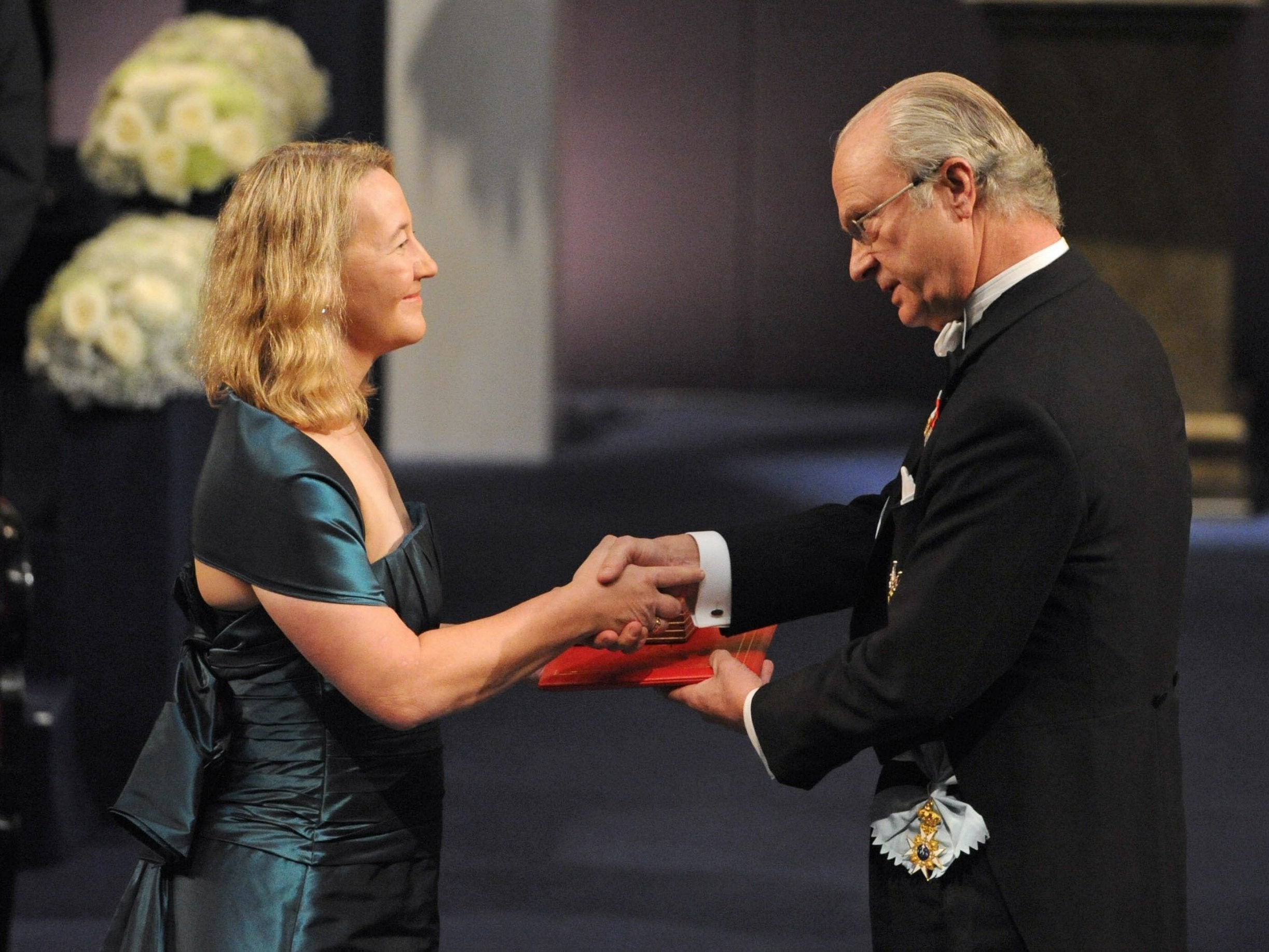How researchers are hitting back against sexism in science
Despite women assuming some of science’s most influential positions in recent years, experience and research has shown that harassment remains widespread – but innovative initiatives are helping

Your support helps us to tell the story
From reproductive rights to climate change to Big Tech, The Independent is on the ground when the story is developing. Whether it's investigating the financials of Elon Musk's pro-Trump PAC or producing our latest documentary, 'The A Word', which shines a light on the American women fighting for reproductive rights, we know how important it is to parse out the facts from the messaging.
At such a critical moment in US history, we need reporters on the ground. Your donation allows us to keep sending journalists to speak to both sides of the story.
The Independent is trusted by Americans across the entire political spectrum. And unlike many other quality news outlets, we choose not to lock Americans out of our reporting and analysis with paywalls. We believe quality journalism should be available to everyone, paid for by those who can afford it.
Your support makes all the difference.It is 2018, and the director of the United States National Science Foundation (NSF), France Cordova, is tired of learning that male scientists whose research she supports with public funds have sexually harassed their female students, staff members and colleagues.
At 71, she still remembers an unwanted sexual remark from a graduate-school professor she had sought out for advice on her astrophysics research. And over the last few years, she has listened to stories – so many stories – shared by younger scientists at conferences for geologists and astronomers.
So last month, Cordova enacted the kind of structural change experts say is a prerequisite to increasing the ranks of female scientists, who hold only about 30 per cent of senior faculty positions in colleges in the US.
Institutions that accept an NSF grant must now notify the agency of any finding related to harassment by the leading scientists working on it – and face the possibility of losing the coveted funds. Individuals may also report harassment directly to the agency, which may then conduct its own investigation. That, too, may result in the suspension of funding.
The move may seem like a no-brainer, but it may be the most consequential action any of the nation’s science agencies have yet taken to hold academic institutions explicitly accountable for sexual harassment.
For the NSF, which distributed grants to some 40,000 scientists at 2,000 institutions in 2017, the goal is also a shift in a scientific culture that has long sought to evaluate scientists without consideration for their personal conduct.

“We were raised with letting the water run off of our back,” recalls Cordova, whose résumé includes stints at the Los Alamos National Laboratory and at Nasa as its chief scientist. “‘You’re harassing me? I’m going to ignore you. I’m going to go do my research somewhere else.’
“Well, enough is enough.”
That the NSF’s new sexual harassment policy was put in place by a woman who controls a $5bn (£3.9bn) research budget captures the bittersweet nature of the #MeToo moment for many scientists.
Even as a small corps of women have assumed some of science’s most influential positions in recent years, their own experience – along with actual research – has shown that harassment and other forms of sex discrimination remain widespread.
As they grapple with the field’s big challenges, ridding it of the gender inequities that many believed would by now be a thing of the past ranks high on the list.
“I think when my generation came along, we thought, if we put our heads down and did a good job, things would get better,” says Cori Bargmann, a neurobiologist who heads the $3bn science arm of the Chan Zuckerberg Initiative, a philanthropic organisation.
“I even feel personally responsible, like I let these younger women down. I thought I would fix it by doing OK. And clearly that’s not enough, so we’ve got to do more.”

In a discipline often portrayed as the ultimate meritocracy, scientists have struggled with how to effectively counter unconscious gender bias. Among other metrics, studies have documented biases that favour male scientists in hiring, salary, startup funds for laboratories, credit for authorship of papers, letters of recommendation, invitations to give talks at prestigious university colloquia and invitations to speak on conference panels (aka “manels”).
The widely held conviction that science, unlike any other field, will reward whoever advances the collective search for truth may not help.
“There is this belief that science is noble and unbiased, and if I’m good, I’ll be recognised,” says Margaret Rossiter, an emerita historian of science at Cornell University. “Sometimes that’s true – Marie Curie came along and got two Nobel Prizes. But often it turned out not to be true, and women were disillusioned.”
Much has changed for women in science, of course, since the 1970s, when Cordova approached a senior male scientist for advice on her graduate thesis and was taken aback by a comment that she describes as “completely inappropriate” and “out of left field”.
In 1970, the “zeros list” published annually by the Women’s Committee of the American Chemical Society reported that chemistry departments in 113 of the nation’s leading universities had zero women on their faculty.
In 1994, the year the Massachusetts Institute of Technology molecular biologist Nancy Hopkins famously measured laboratory space for a report on gender discrimination that drew national attention, the tenured faculty in the university’s School of Science included 15 women, compared with 194 men.
Now, women account for about 20 per cent of senior faculty in math, computer science and physics. They have received around half of doctorates in the life sciences for the last decade, and they constitute about half of assistant professor positions.
But the representation of women overall decreases among associate professors and declines to 33 per cent among full professors. (And only 3 per cent of the women employed as full professors are African-American.)
Among academic laboratories at leading research institutions, women’s representation is further diminished, especially when the lab head has a high level of prestige. A 2014 paper showed that men were 90 per cent more likely to do postdoctoral training with a Nobel laureate.
So while one recent study found that women fared just as well as men when they applied for their first National Institutes of Health grant, far fewer found themselves in a position to do so.

For many female scientists, the emphasis on the term “gender harassment” in a major report on sexual harassment in science published this past summer came as something of a revelation.
Defined as “verbal and nonverbal behaviours that convey hostility, objectification, exclusion or second-class status”, it is far more common in science settings, the report says, than forms of harassment like sexual coercion or unwanted touching: less often a come-on than a put-down.
“I had always been thinking that sexual harassment was putting hands on people,” says Carol Greider, a molecular biologist at Johns Hopkins who shared the 2009 Nobel Prize in physiology or medicine. “We’ve been talking about the ‘leaky pipeline’ for years, and this may turn out to be the big gushing hole.”
Greider believes that pressure must be brought to bear on universities from the outside, and so she is co-organising a small meeting next month to brainstorm solutions to gender discrimination in science with lawyers, economists, behavioural scientists and activists.
Erin O’Shea, appointed in 2016 as the first woman to head the Howard Hughes Medical Institute, an influential biomedical research organisation, has instituted a new programme to support women and underrepresented minorities as postdoctoral fellows and young faculty, when they may be most likely to drop out of the pipeline or be diverted to less elite labs at lower-ranking institutions.
“My interest is in capturing as much talent as possible for science,” says O’Shea. “If you want to capture the best talent, you don’t want groups de facto excluded.’’
For her part, Cordova says the NSF was working on additional plans to combat gender harassment. In a recent interview, she said she had not previously shared publicly the story of her own incident of harassment.
Nor had she told anyone what happened decades later, when she found herself sitting on the high-level committee evaluating candidates for an award for which, it turned out, her harasser had been nominated.
“I explained to the group that I thought his conduct was not becoming of a scientist,” Cordova says. “So that was my little thing. I thought, ‘Well, I’ll do this for the rest of the gals.’’’
© New York Times
Join our commenting forum
Join thought-provoking conversations, follow other Independent readers and see their replies
Comments